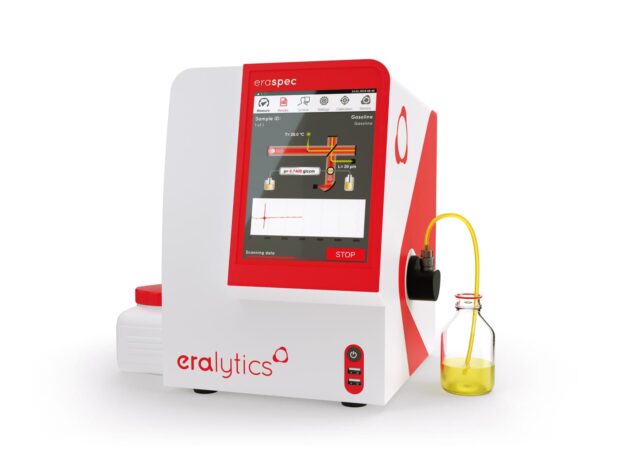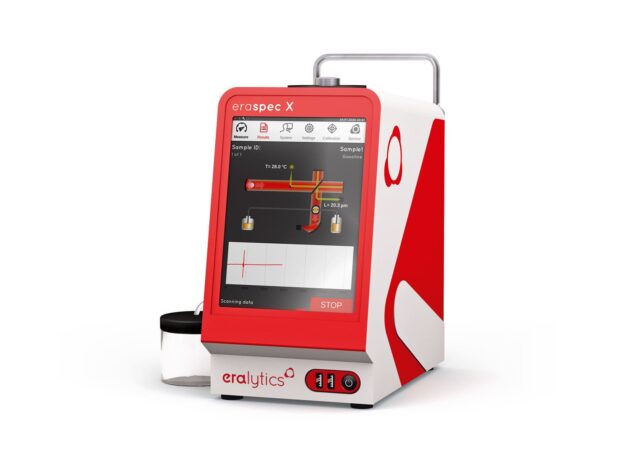Standard Test Method for Determination of MTBE, ETBE, TAME, DIPE, Methanol, Ethanol and tert-Butanol in Gasoline by Infrared Spectroscopy.
Get more information about the standard at ASTM D5845-21.
ASTM D5845-21 is a standard test method for the determination of several oxygenates, including MTBE (Methyl Tertiary-Butyl Ether), ETBE (Ethyl Tertiary-Butyl Ether), TAME (Tert-Amyl Methyl Ether), DIPE (Di isopropyl Ether), methanol, ethanol, and tert-butanol in gasoline using infrared (IR) spectroscopy. This method is widely utilized in industries that require accurate analysis of fuel compositions, particularly in the context of fuel quality and regulatory compliance. The test is significant due to the increasing use of oxygenates in gasoline as an octane enhancer and to meet air quality regulations.
Details
The test involves the measurement of infrared absorbance in specific regions of the IR spectrum, which are characteristic of the functional groups in the oxygenates. These oxygenates affect the infrared spectrum of gasoline, and their concentrations can be determined by comparing the sample’s IR absorbance to calibration curves generated from known standards. The method requires the preparation of a sample by filtering it to remove particulates, followed by analysis in an IR spectrometer.
Key instruments used in this process include Fourier Transform Infrared (FTIR) spectrometers, which can provide high-resolution spectra and are equipped with the necessary software to perform quantitative analysis.
Industries & Applications
ASTM D5845-21 is a reliable, precise method for analyzing oxygenates in gasoline, supporting regulatory compliance and fuel quality control across several industries:
- Petroleum: Refiners and fuel producers rely on this standard to ensure their products meet regulatory standards, especially in regions where oxygenates are mandated by government regulations for air quality improvement
- Automotive: The automotive industry uses it to ensure that fuel quality standards are maintained
- Environment: Environmental agencies also use this test method to monitor the environmental impact of fuel additives and to ensure compliance with clean air standards

